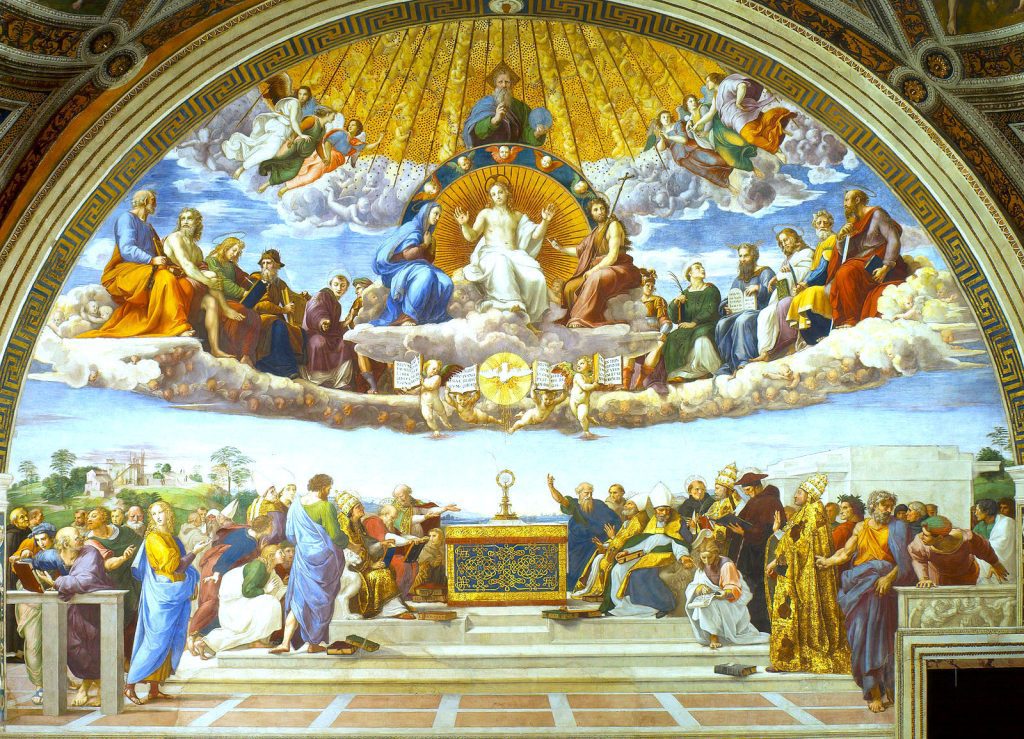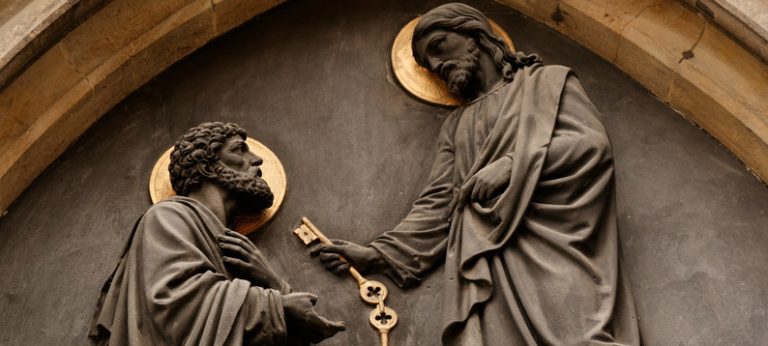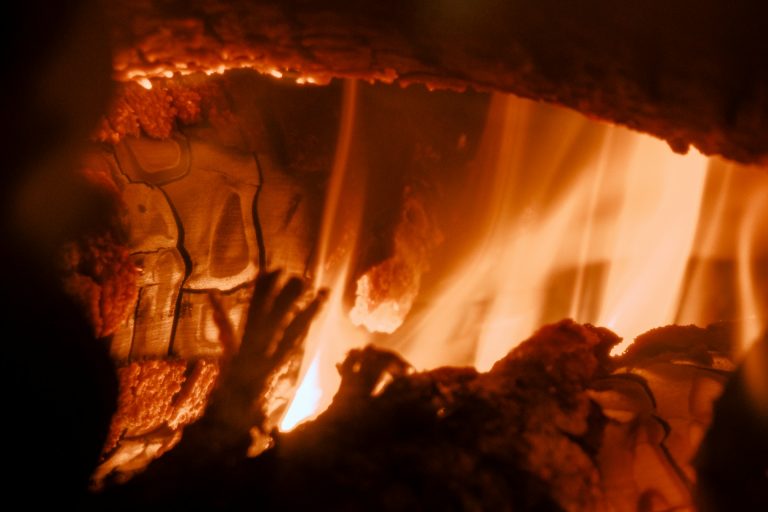The faster a culture is decaying, the more things there are that growing numbers of people think must be “preserved”. Countless “Preservation Societies” work to preserve anything from old houses, barns, downtowns, old cars, wagons, telephones, etc. There are even people working to preserve the process of preparing preserves, the old jams and jellies whose continued production at home, they feel, is a skill that should be preserved.
There are more dollars and people trying to preserve the Rain Forest than most other things, though “precious woodlands” all over the world are often the target of preservationists with more time and money on their hands than life-centered priorities in their minds. I have “An Historical Map of Pennsylvania” framed on my wall, a big, old reprint of an even earlier map from the very early 1800s. In the lower center of it, amid the countless “Fort Somethings” that marched across the State in Colonial times, each one twenty miles West of the one preceding it, and built about 10 years later, there is a mysterious inscription: “Shades of Death”.
A few minutes on google informs the reader that “Shades of Death” was an 18th century description of the Northeastern forest that was “so vast a squirrel could run the Atlantic to the Mississippi and never touch the ground”. Like the rain forests so beloved by preservationists, the upper canopy was so dense that little sunlight reached the ground. Beneath the trees, very little grew. Hence, the name.
Had preservationists then been active, the “Shades of Death” would still be there, huge trees rather than productive farms. There would be no towns, cities, or villages. There would only be “Shades of Death”.
What do preservationists want to preserve? Most of us have a clearer understanding of our simpler past than of the overwhelmingly more complicated present. We may not, for instance, understand exactly how an old grandfather clock works. But, we have some feeling, vague though it might be, of the importance of the escarpment mechanism within it, and how it regulates the falling pendulums’ power. We may only know only enough about it to say that about it, but that’s far more than we know about the internal workings of even the simplest, cheapest digital clock that magically changes numbers in front of us without a single part that appears to be moving. So many people like the old-fashioned clocks that they are beloved collectibles for those who want to preserve the way the passage of time was once measured.
What we want to preserve, then, is the comforting idea that even if we do not quite know what’s going on around us, as with how a digital clock works, we can relate to something similar to it, something older than it, and something whose history we, in our very own minds, can take back thousands of years to even simpler water clocks and hourglasses. Putting things about which we’re already somewhat knowledgeable into perspective is a lot easier than learning something really complicated, like how to make a digital clock from scratch. And, for those of us better at fooling ourselves than learning enough about complicated new technologies to make money from them, putting things in perspective can be made to seem every bit as important.
There is a very old, large, and not very pretty barn just North of Harmony, Pennsylvania. Preserving that barn became a focal point for several dozen people. They had meetings, set up a group, and chartered it with some sort of tax-free status. Then, they had more meetings, organized committees, raised money, argued among themselves how to spend it, settled the arguments (which were often bitter and lengthy), spent the money, and finally brought the barn to the desired degree of “preservation”.
After they’d finished with the barn, many of them had an empty place in their lives. Some of them took what they’d learned to the adjacent town of Zelienople. There, they improved the processes they’d learned while preserving the barn and could raise even more money to preserve an abandoned movie theater on Main Street. Now, that project is nearly completed. Many of those involved have spent so many decades preserving local structures with absolutely no financial value that they’re worn out. There is no younger generation of preservationists following in their footsteps.
The barn still stands. No one is quite sure who’s responsible for mowing the grass around it, so it’s looking overgrown, much as it did before the preservation. Vines, maybe the very same ones that grew up the sides of the barn before the preservation, are, again, creeping up the sides. In another generation or so, if America is as prosperous as when the preservationists were at their height, the barn will, again, prompt new groups to “preserve our precious past”.








